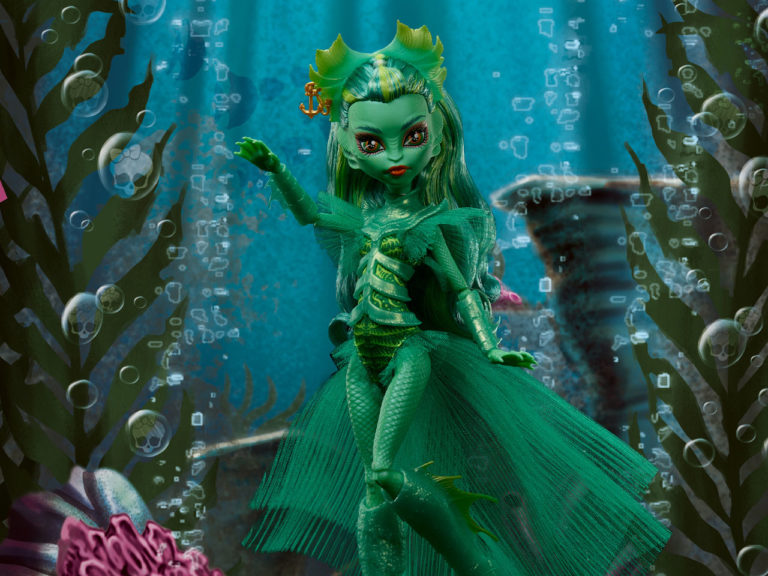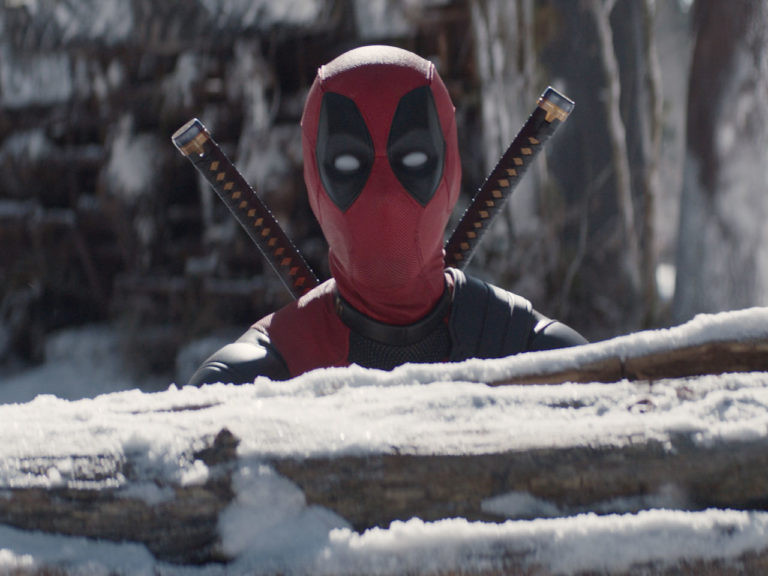

The world of Injustice is built on tragedy. Superman in particular lost his wife, his unborn child, and the city he called home. From that loss he went down a path that few thought he would ever trod, and from there became a man almost completely unrecognizable to his friends and the world at large.
And that is something else he lost: true friendship. Despite some adversity and differing views, Superman and Batman are true, genuine friends. They care for each other, work together well, and are rightly considered “the World’s Finest.” To make that tragic loss of companionship ring true, for Batman’s anger and disappointment toward his friend’s choices carry weight, Superman and Batman have to have a relationship that’s deeper than just “frequent allies.” For Injustice to work, we have to believe that Batman and Superman care for each other, and while they may show disgust toward the others’ choices, the rift goes deeper than antagonism. In their own ways, Bruce and Clark are devastated that the other man doesn’t understand their actions.
That’s the general theme of the second Injustice 2 annual, and its goal is to reinforce the friendship at the core of the series. It’s an admirable goal and a strong theme, but it isn’t as successful as it should have been.
In fact, this issue is an example of a sum that never equals the greatness of its parts. There are individual scenes that are great, the thematic material is strong. It just feels… unnecessary, when all is said and done.
The story picks up after the final issue of Injustice 2: Alfred has left Bruce’s employ, and Bruce is wrapped up in his mission. A proximity alarm is triggered at the prison where Superman is interred, and Batman and Catwoman intercept the intruders to find…

…the Kents.
Perhaps surprisingly, the strongest element of the annual is the characterization of Jonathan and Martha Kent. The duo want to see their son, even if he’s locked away in prison. They’re as disappointed in his choices as anyone, and as his parents likely even more so, yet he’s still their son. They still love him unconditionally.
While the early scenes do generate a few laughs in how crazy they are (I mean, Superman-bots carrying their truck all the way from the Fortress of Solid? Amazing), the Kents are treated with the utmost respect by both the creative team and the characters in the story. Bruce tries to stop them from seeing Clark, and they promptly ignore him. The Kents may be “simple farm-folk,” but they’re still strong characters in their own way.
Structurally, this issue doesn’t coalesce as well as it should, with the narrative jumping around in the present and in flashbacks. Taken on their own, most scenes work at least well enough to justify their inclusion, and some are so good that they make the annual worth reading on their own. Taken together, though, it just never gels, and we’re left with a story that’s more a nice footnote than a necessary part of the narrative.

Like I said, there’s good stuff here: seeing Batman and Superman working alongside each other is always a welcome treat, and there is a bittersweet tinge to the flashbacks. Bruce and Jonathan have the strongest interactions together, as they’re both very stubborn men who come from very different backgrounds. I particularly loved the clever way Jonathan pieced together that Bruce is Batman, though the “hero worship” of Superman toward Batman was a little off. Not to say Clark doesn’t admire Bruce, but the way Jonathan phrased it was a bit strange.
Lois plays a big part as well, adding another layer of melancholy to the flashbacks. As expected, she’s strong, smart, and capable of holding her own, which Nightwing and Batwoman find out in a particularly hilarious scene. The world of Injustice wouldn’t exist without Lois’ death, so it’s good seeing her in action and being reminded of how great a character she truly is.
Bruno Redondo and Rex Lokus do a fine if unremarkable job with their visuals. That may come across as a backhanded compliment, which is unfortunate as there’s some good stuff here. The action scenes are dynamic and easy to follow, particularly a fight in a diner that allows Lois to let loose. Some of Lokus’ colors are a little flat here and there, but he and Redondo still work well together. Like I said, it’s good stuff, just nothing mind-blowing.
There was one panel that I didn’t catch the first time around, though, that made me stop and laugh on a second read. Not because it was funny, but because it was a clever tribute.
That’s totally Edward Hooper’s “Nighthawks.” You know the one.

Does it serve the story in any way? Not really, but it shows a level of detail and creativity in the pencils that could have easily been omitted.
The issue ends with a simple conversation, in the present, between Bruce and Clark. Like most of the earlier scenes, it’s almost enough to recommend the issue on its own, particularly the final page. I don’t know the future of the franchise, but I will say that if there aren’t any other Injustice comics, then the final meeting between those two men serves as a great thematic ending for the series. While I do wish that it lived up to the title “The World’s Finest,” it’s still a pretty good issue from an overall great series.

Recommended if:
- You like the Injustice universe.
- You’re a huge Ma and Pa Kent fan.
- You want to see Lois back in action.
Overall: This is a series of good scenes that don’t quite come together to make something great, but it’s still captivating reading. The intentions and themes are better than the story itself, which isn’t bad just loosely constructed. Taylor gets some strong character work out of the Kents and Lois, and anything that attempts to reinforce the strong friendship between Superman and Batman is okay by me. At the very least, if you felt like the Injustice 2 comic lacked a proper ending, this will surely suffice.
SCORE: 7/10


